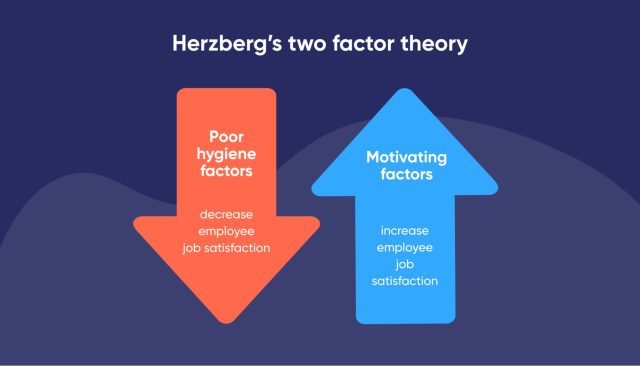Category Archives: Business advice
Simple but Stunningly Effective B2B Lead Generation Techniques
Why B2B Lead Generation Matters B2B lead generation is the lifeblood of business growth. Without
Jul
Why Business Discourse Is Essential
All effective businesses recognise that strong business discourse is a cornerstone of success. From ground-level
Jul
Closing techniquesCombating the Puppy Dog close to playing Good Cop, Bad Cop
People have been using closing techniques for thousands of years. From cave men looking
Feb
5 super quick ways to get back your lead generation mojo
5 super quick ways to get back your lead generation mojo: If you run a
Jan
Don’t pour from an empty pot if you want your lead marketing to work
Lead marketing or lead generation marketing is the process of finding suitable prospects, nurturing them,
Jan
How to generate leads in B2B sales
1) How to generate leads in B2B sales Trying to generate leads in B2B sales
Mar
Rapport – People don’t just buy from people, they buy from people they like
Rapport; However innovative a product or impressive a service, customers are unlikely to invest their
Mar
Why lead generation agencies think you should dress to impress
Lead generation agencies work is tough enough as it is – And working from home
Mar
How to generate more B2B leads
Most marketers will at some point wonder how to generate more B2B leads. We know
Feb
Herzberg two-factor theory and Lead generation marketing
Herzberg two-factor theory; We’ve looked at how Frederick Herzberg’s Two-Factor theory can be applied
Feb
- 1
- 2










